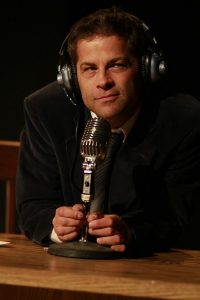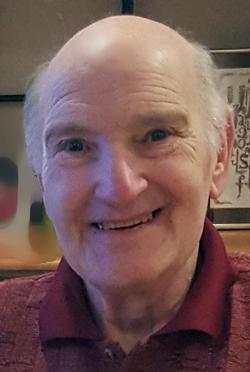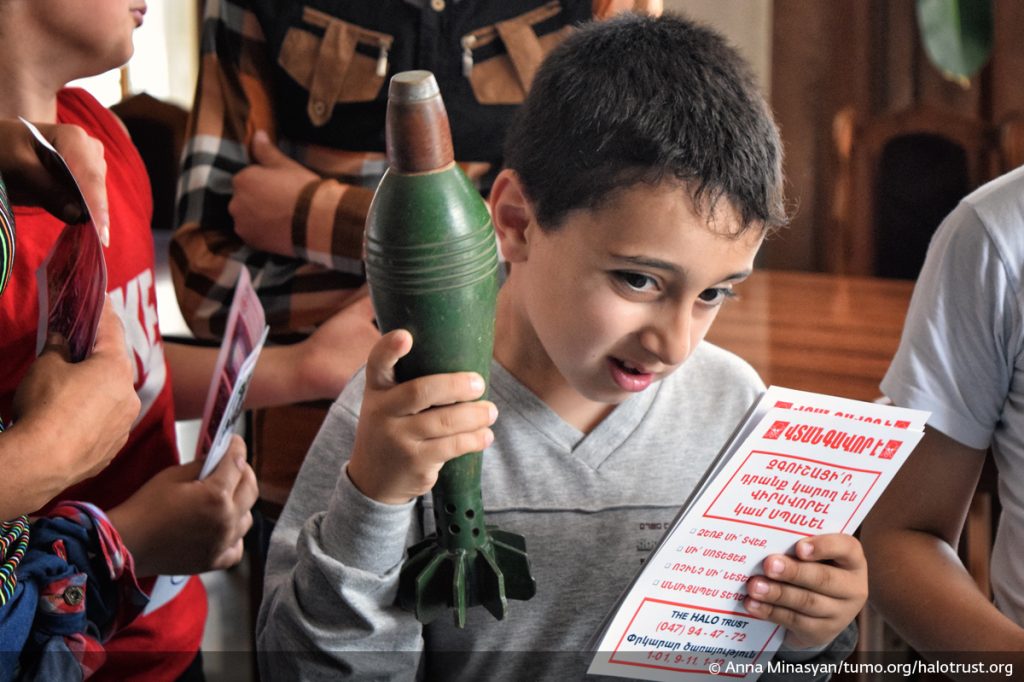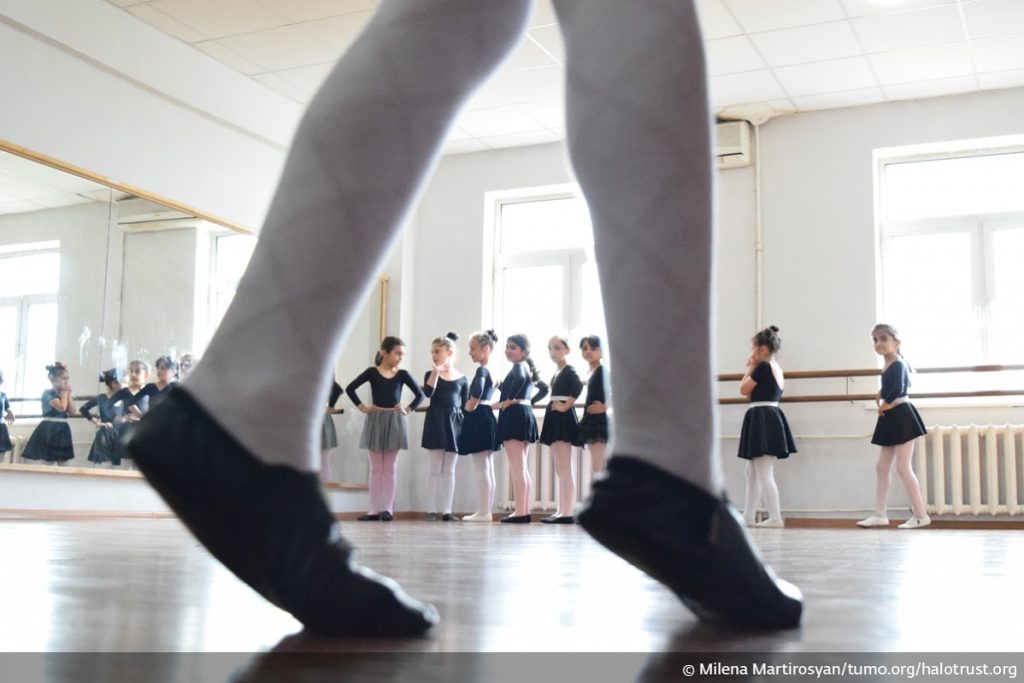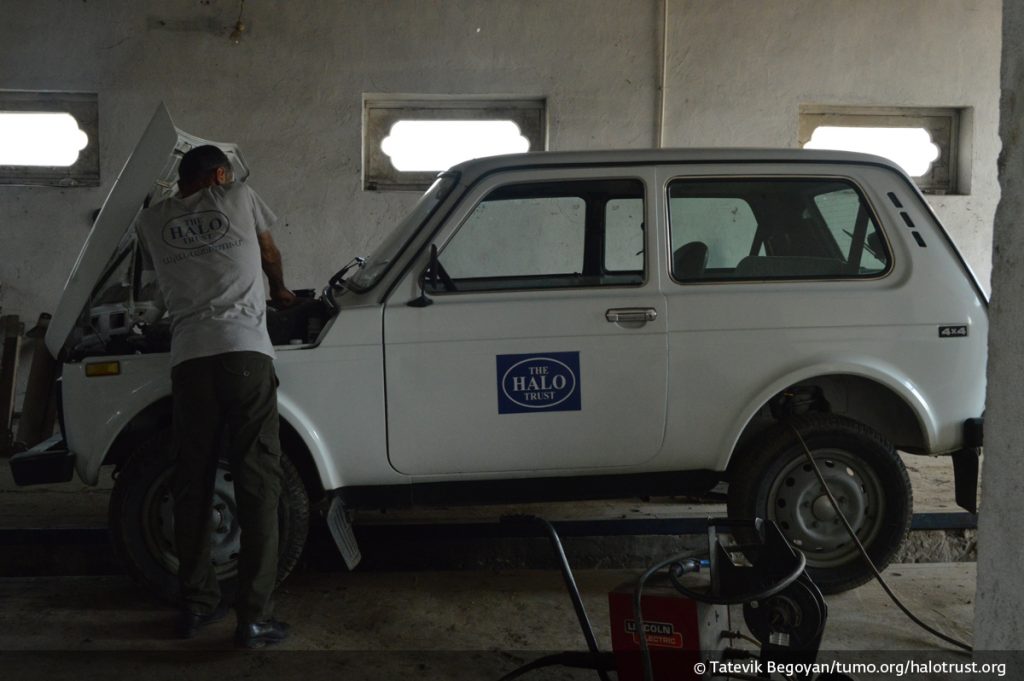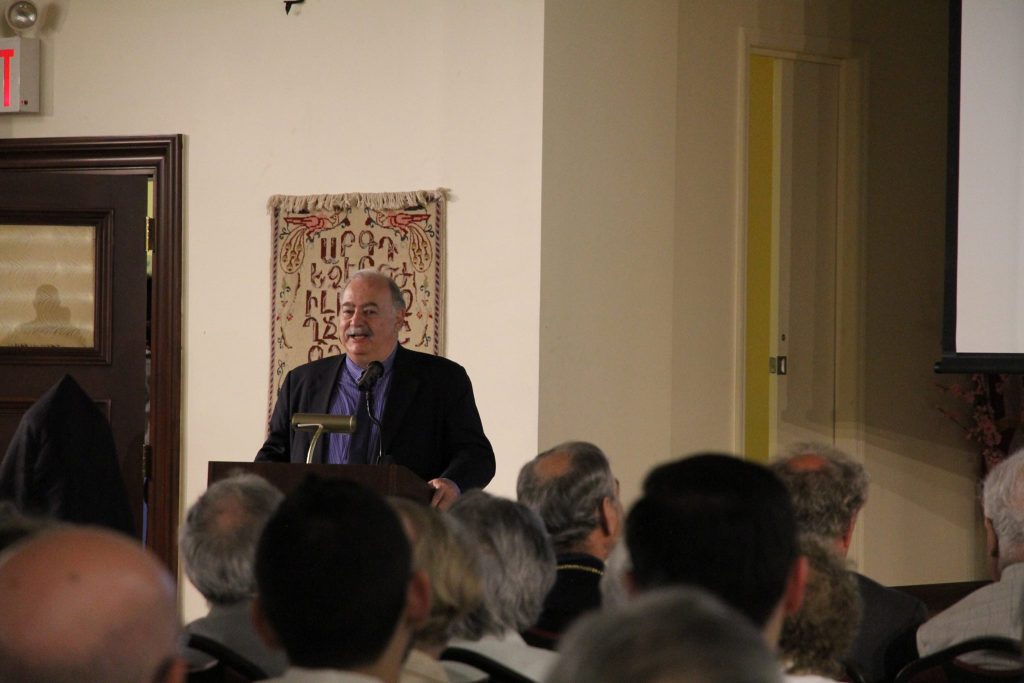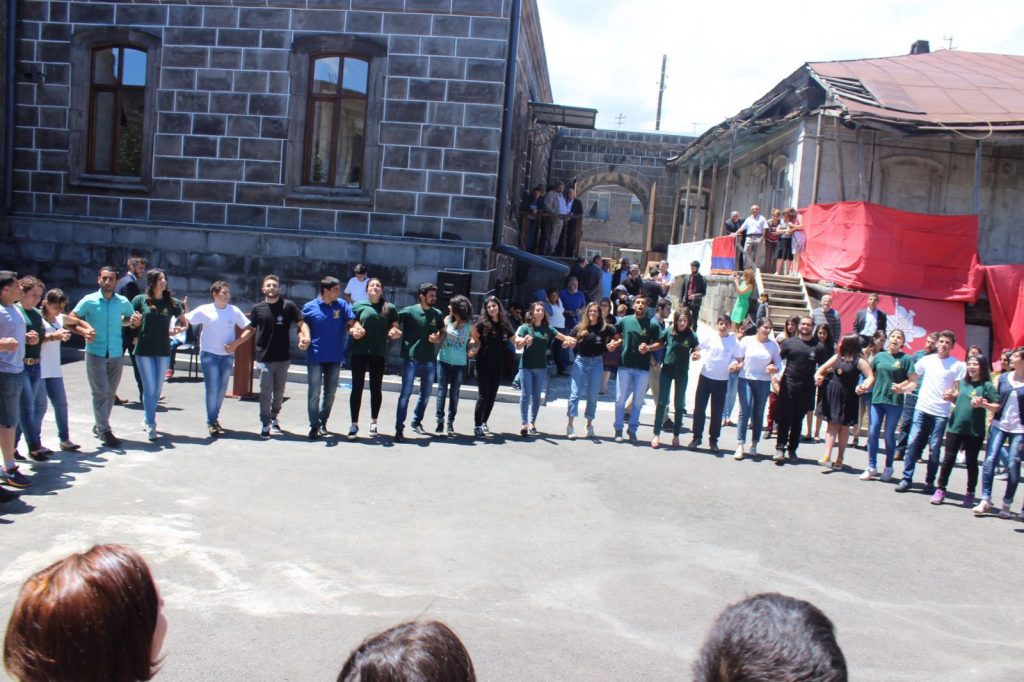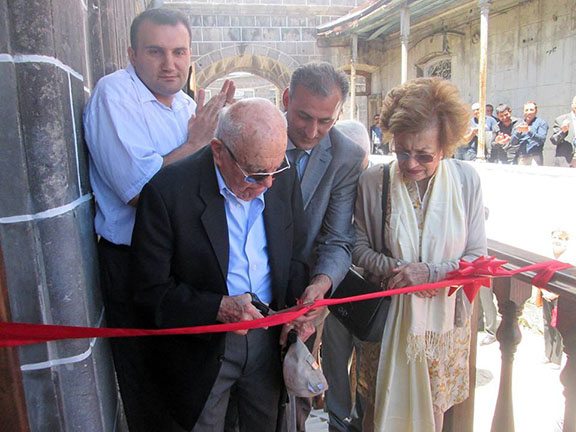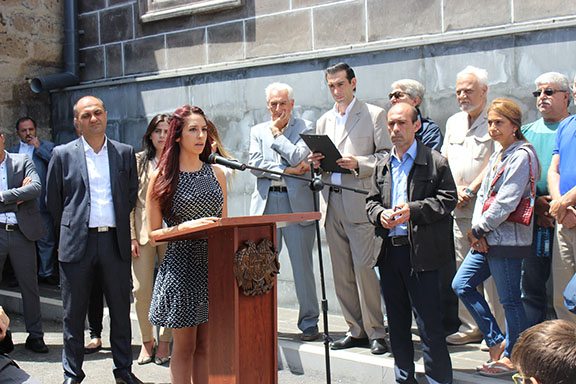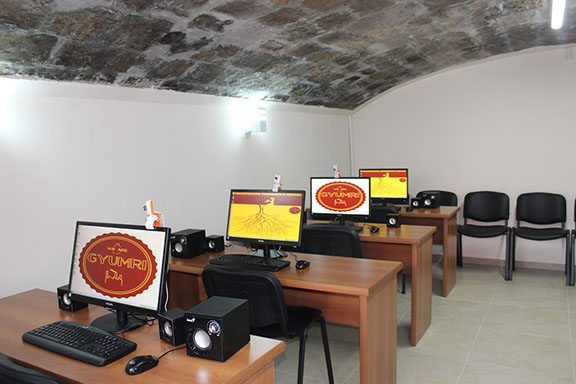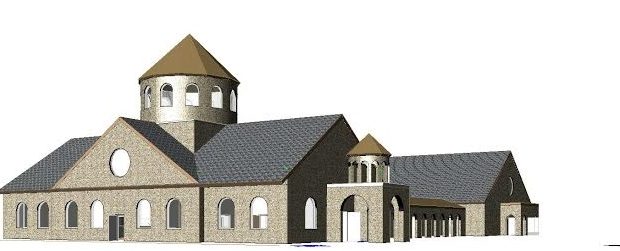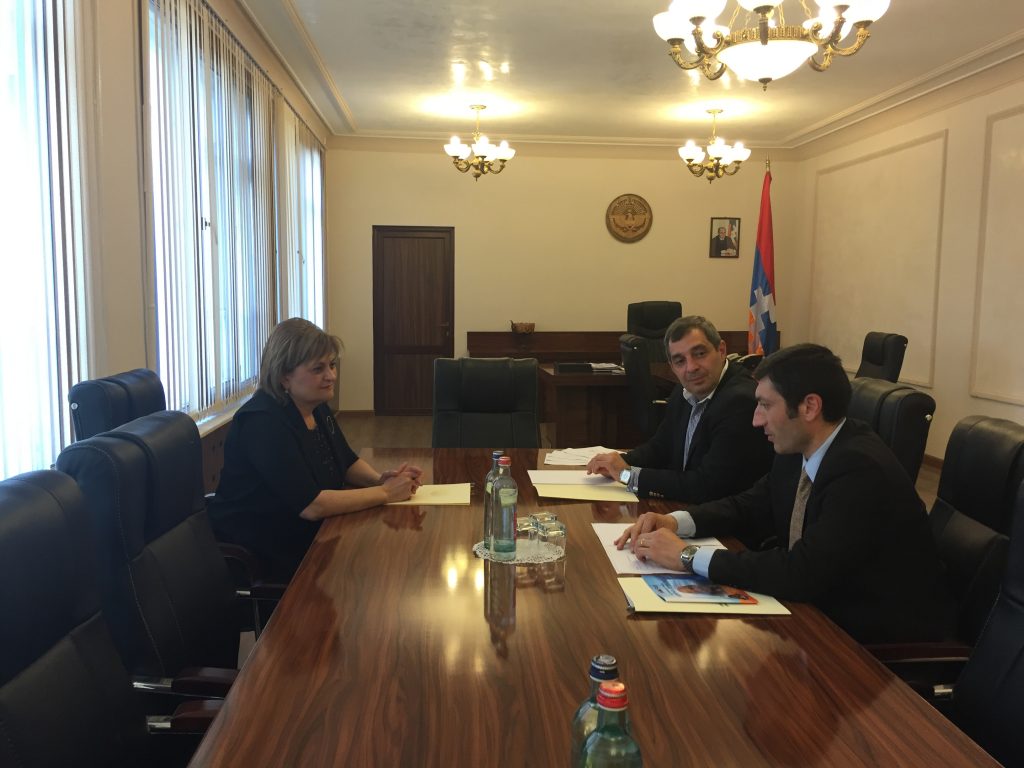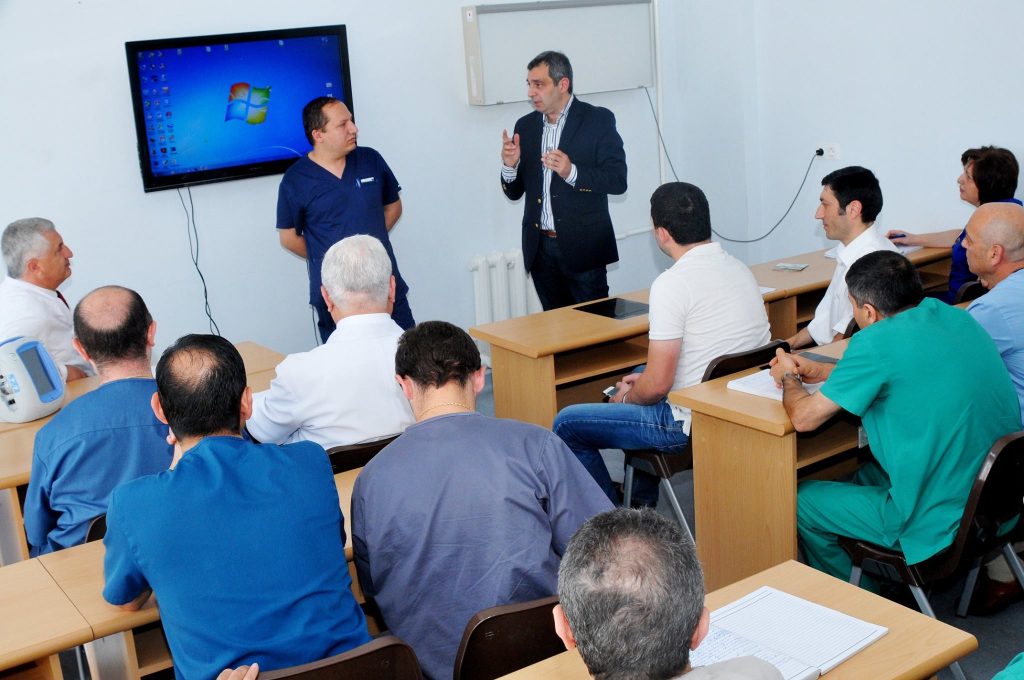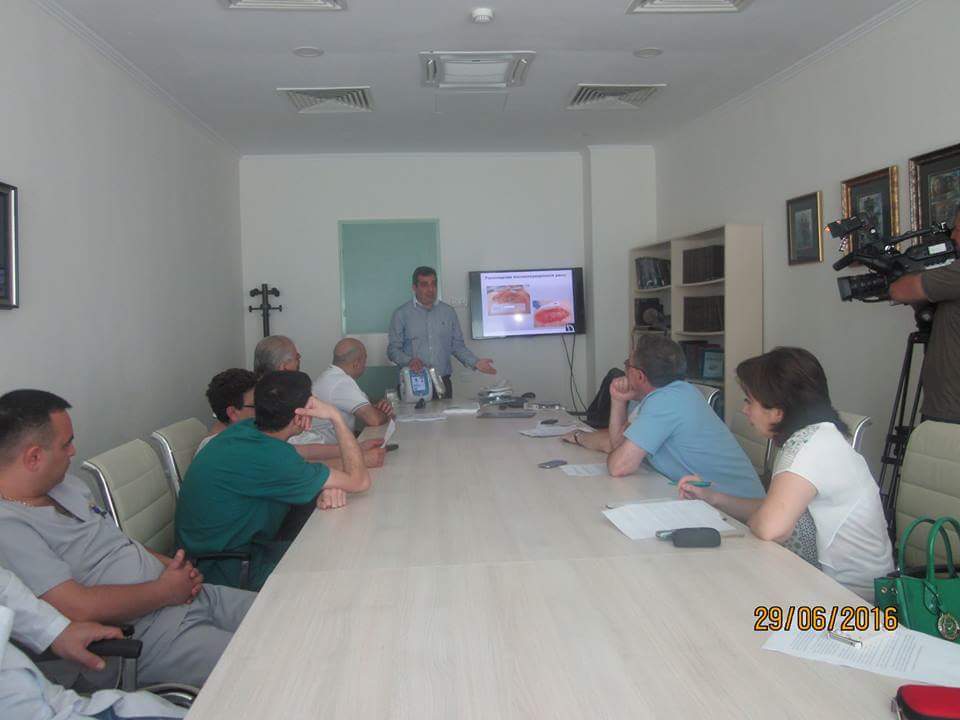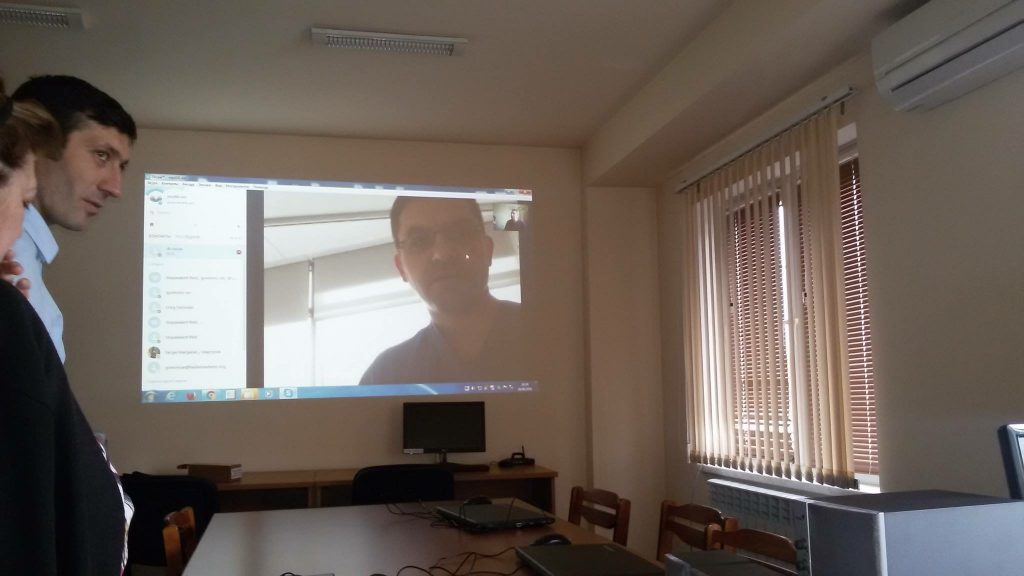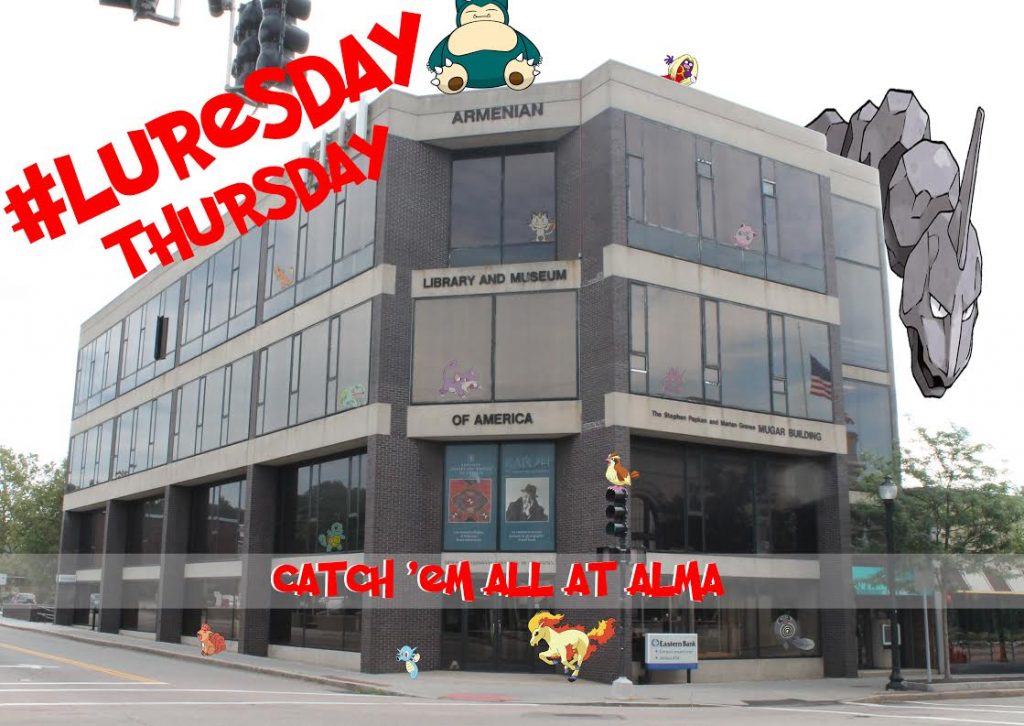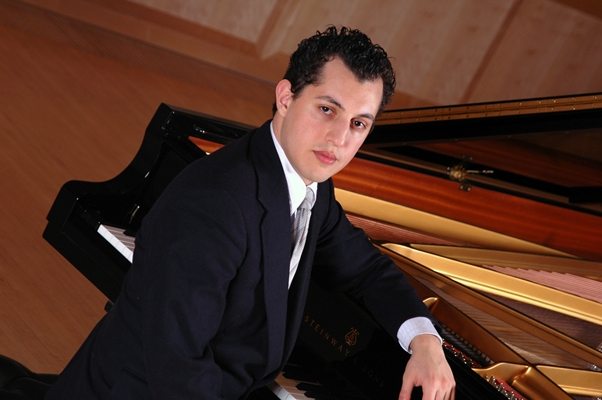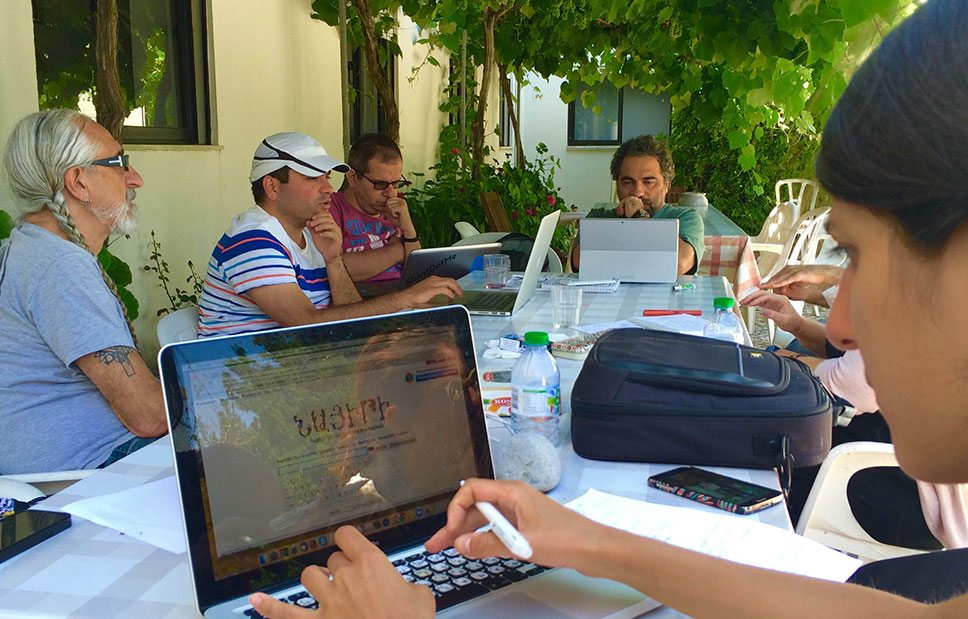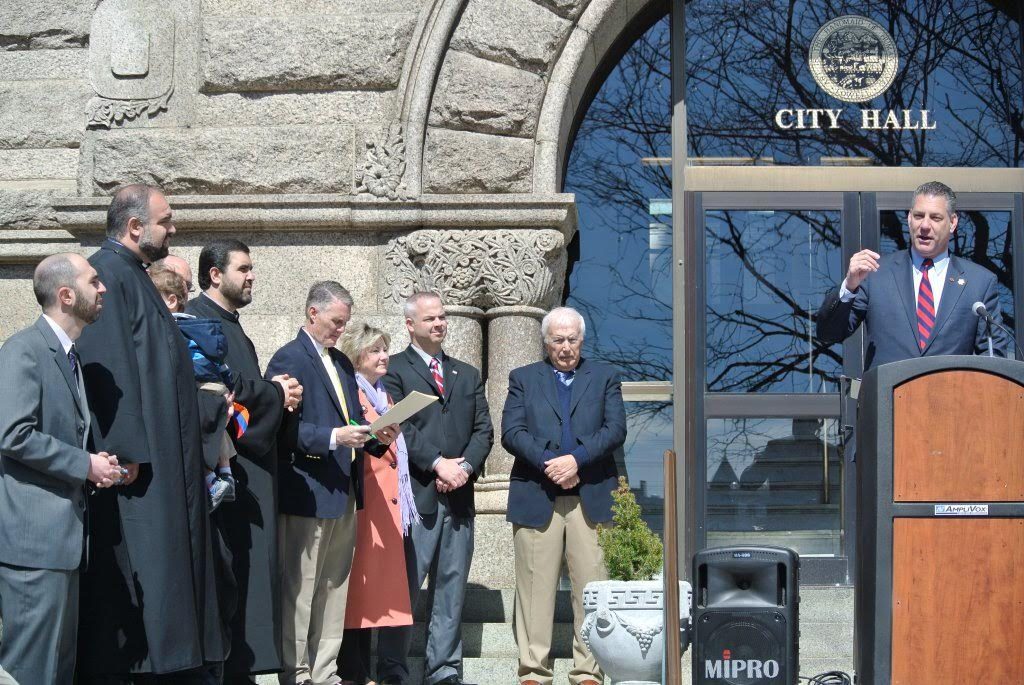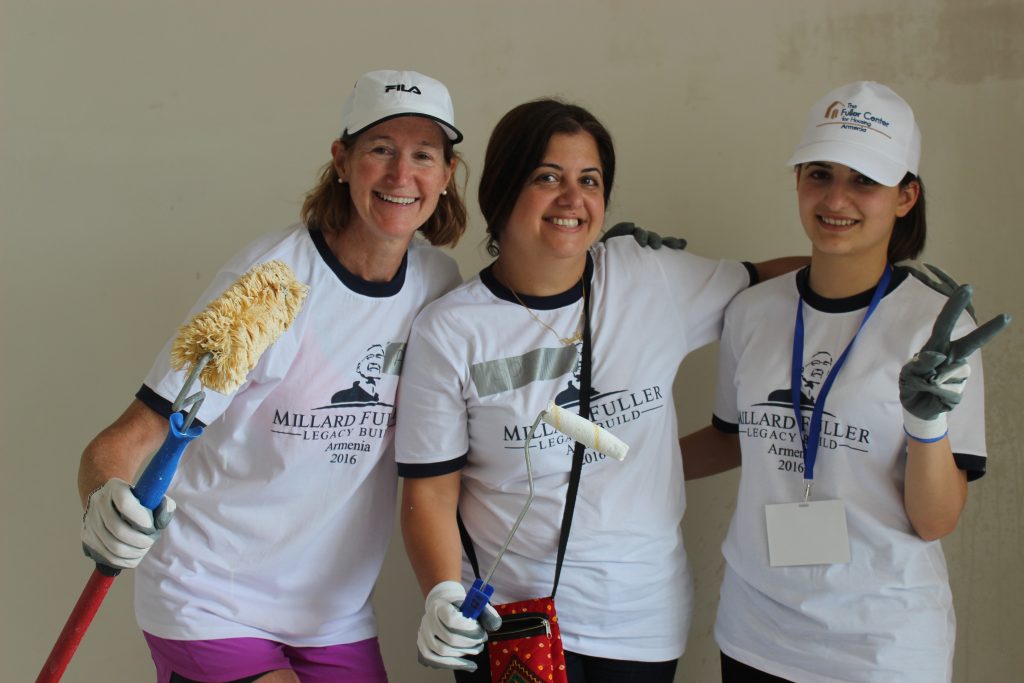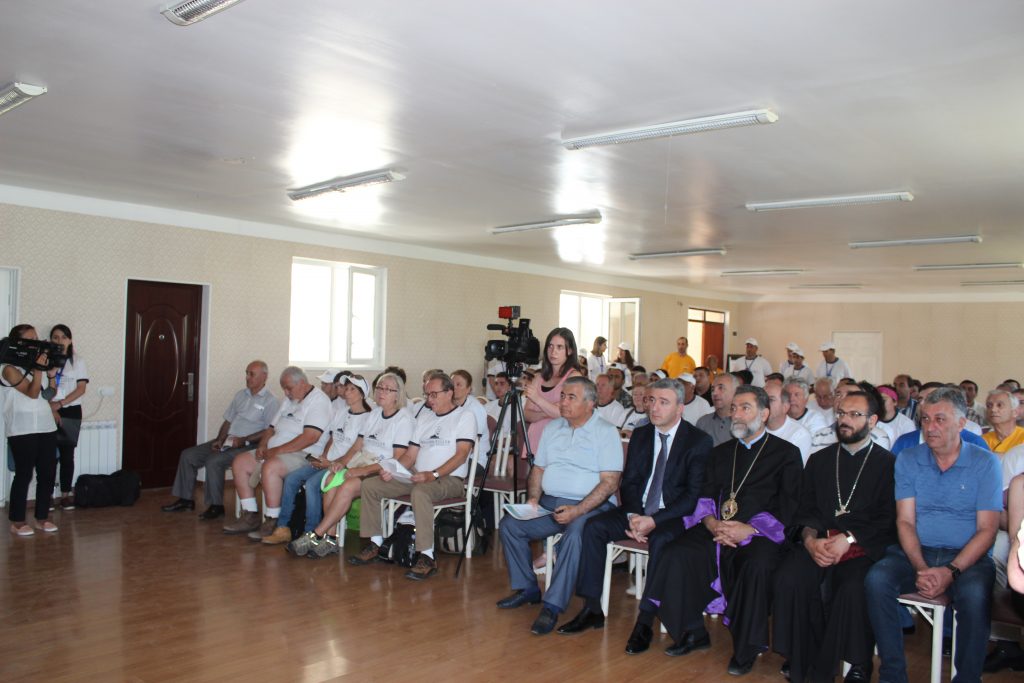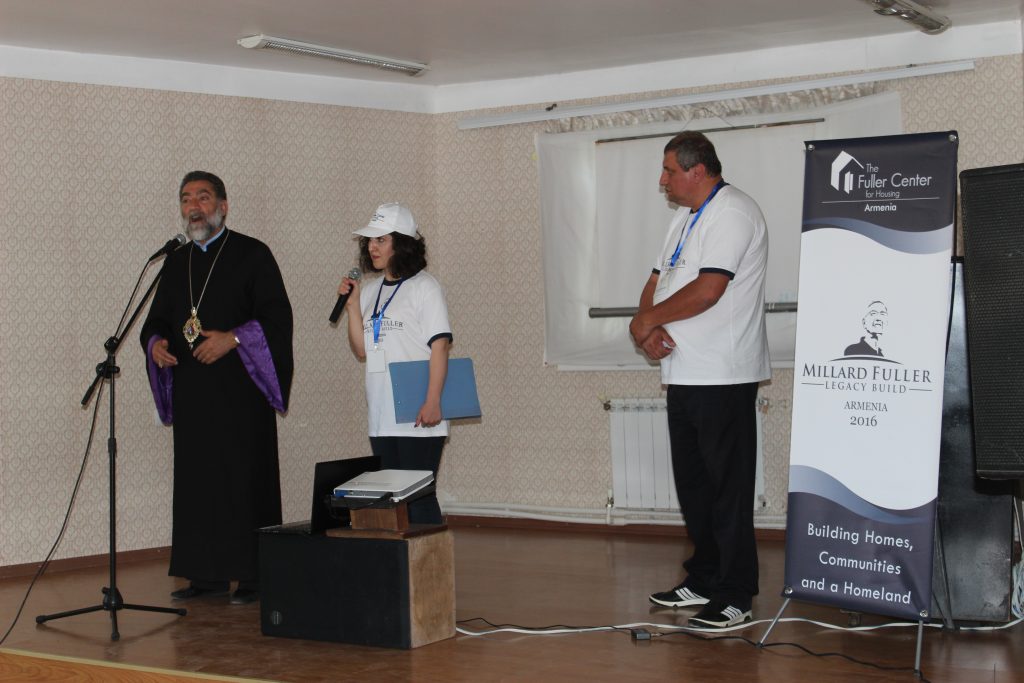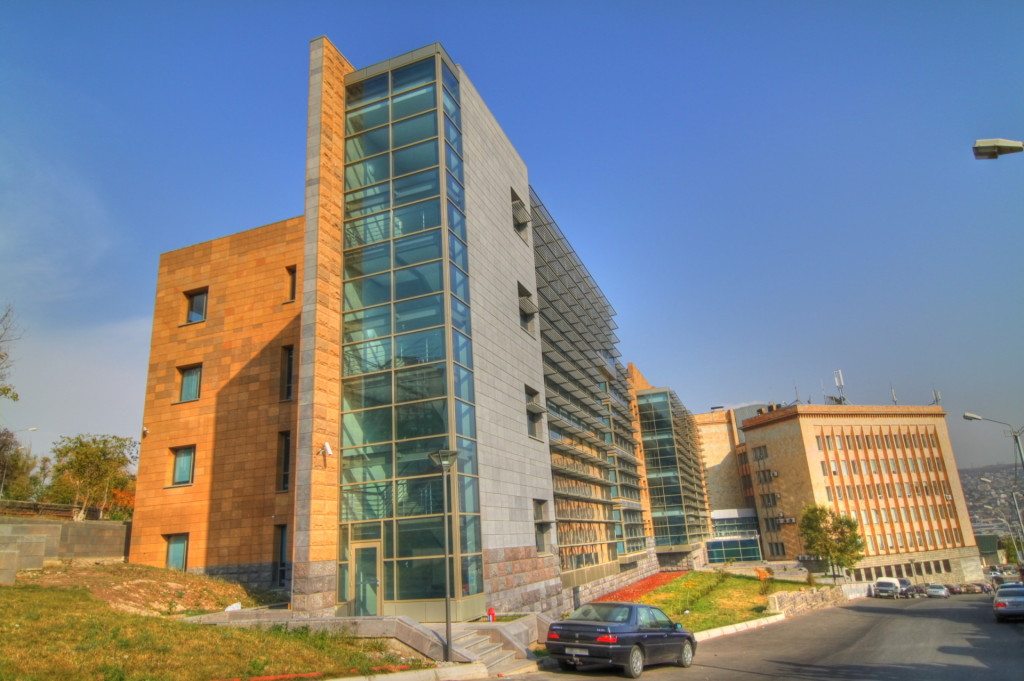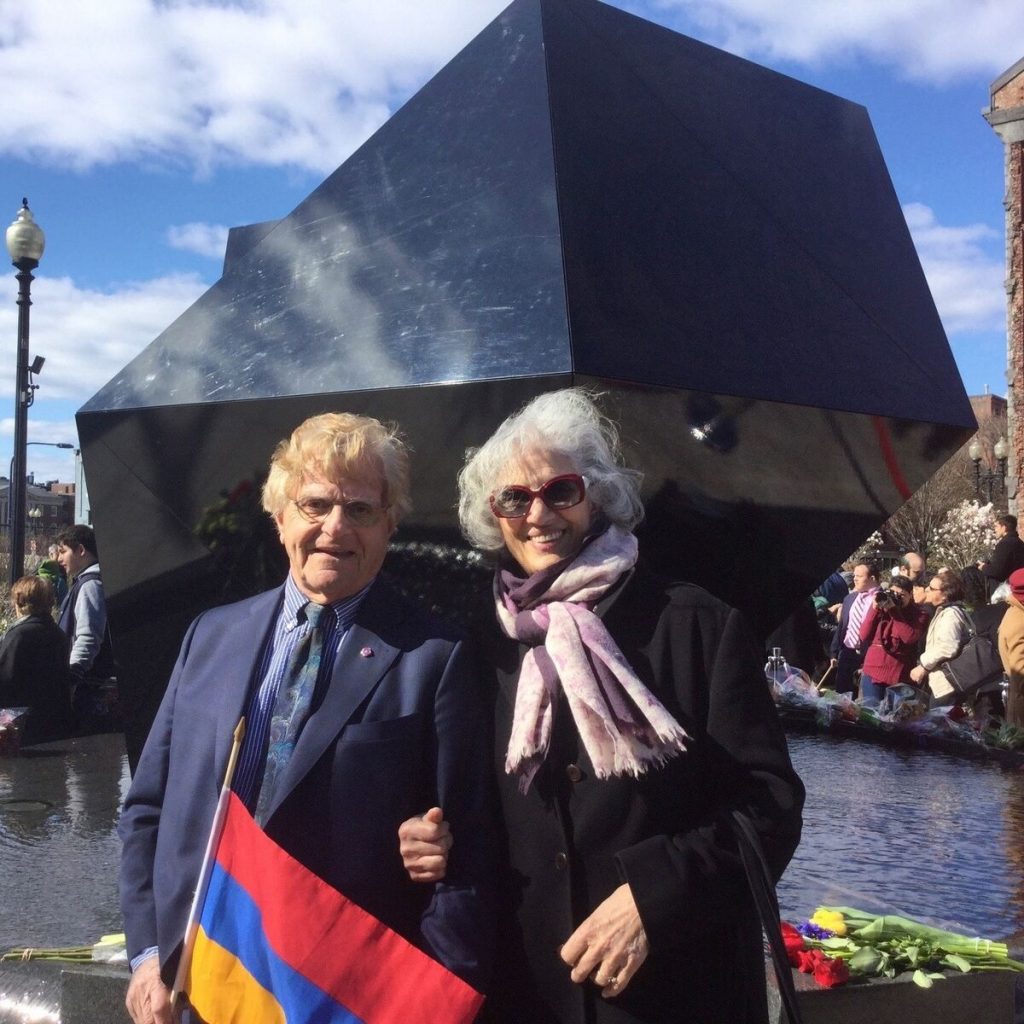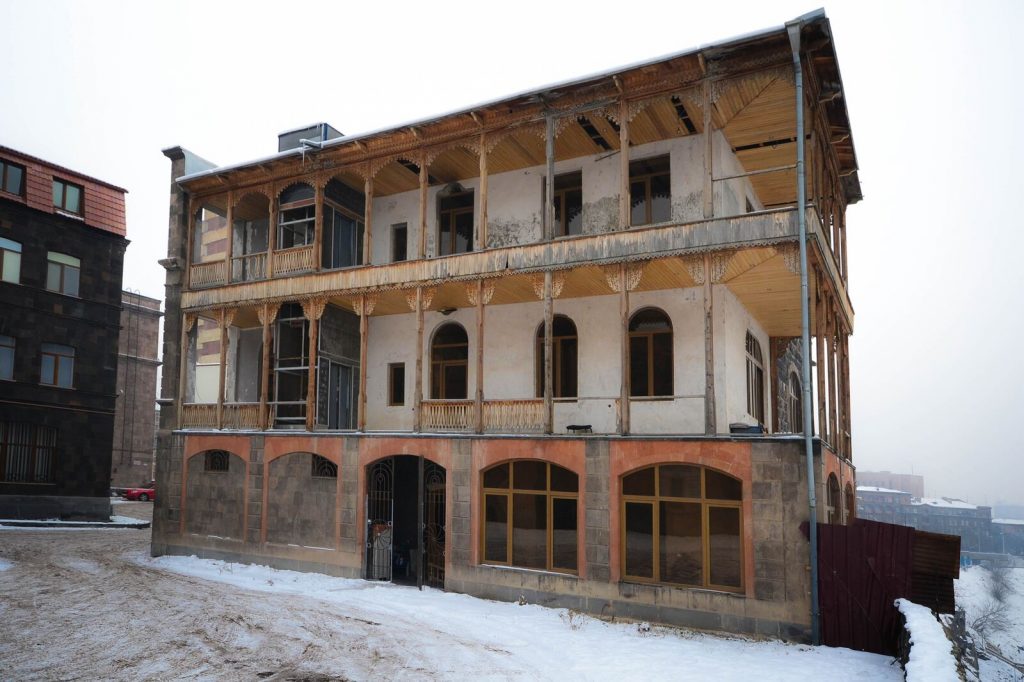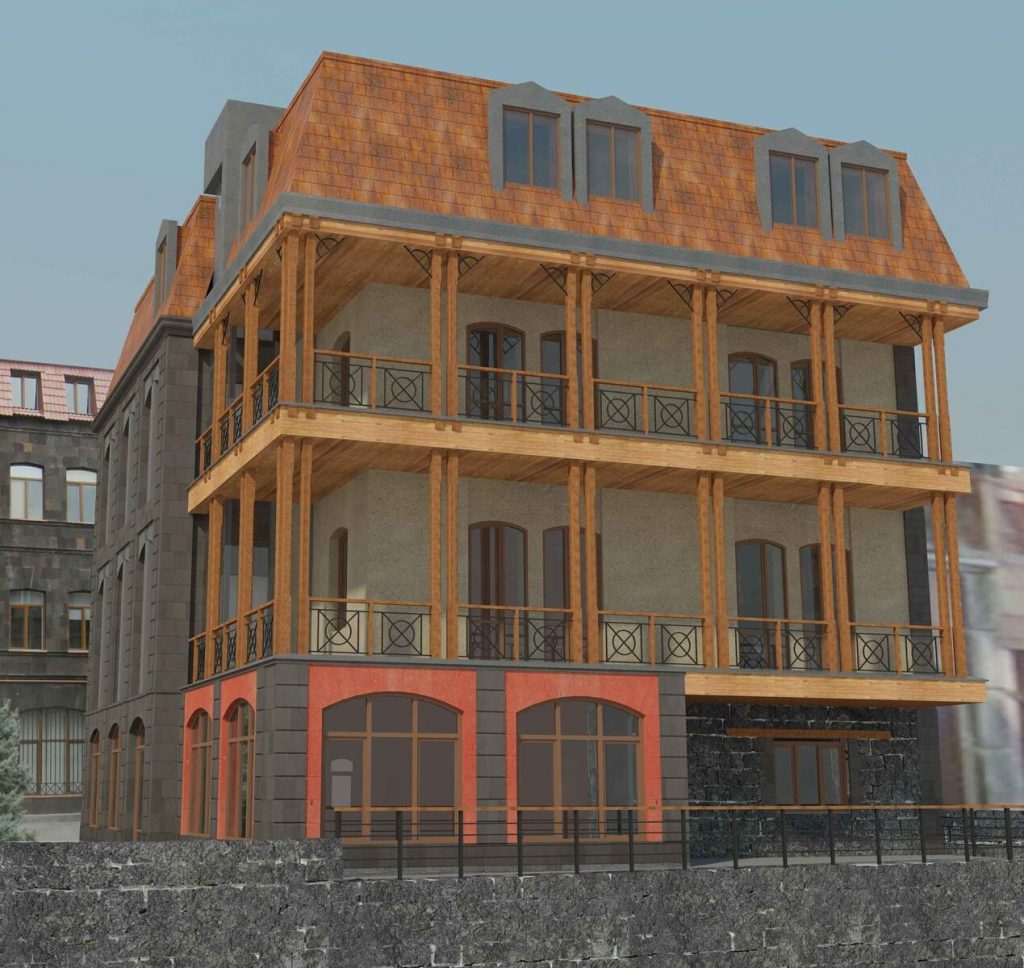Dink Legacy Honored at Emotional St. James Program
By Alin K. Gregorian
WATERTOWN, Mass. (The Armenian Mirror-Spectator)— An emotional program on Jan. 22, at the Keljik Hall of the St. James Armenian Apostolic Church of Watertown paid tribute to the memory of Hrant Dink, a man whose death marked a definite shift in greater understanding about the Armenian Genocide and its ripples through the century.
The three main speakers at the program were Turkish: Prof. Taner Akçam of Clark University; Gonca Sönmez-Poole, a television producer and writer, and Dr. Emrah Altindis, a scientist studying at Harvard and a member of the Bostonbul Group.
![]()
‘The tribute was done in the style of an Armenian memorial meal for the deceased, with traditional Istanbul food, as well as photos of Hrant Dink with candles lit in front of them.’ (Photo: The Armenian Weekly)
The tribute was done in the style of an Armenian memorial meal for the deceased, with traditional Istanbul food, as well as photos of Hrant Dink with candles lit in front of them.
Fr. Arakel Aljalian, the pastor of St. James, opened the program by offering a prayer for the repose of Dink’s soul. The emcee for the program was Herman Purutyan, who said he recalled upon hearing the news of Dink’s assassination, he was “shocked, saddened, outraged and infuriated” that the late Agos newspaper founder had been “silenced brutally in broad daylight.”
He recalled how in the week before his assassination on Jan. 19, 2007, he had been found guilty of insulting Turkishness for referring to the Armenian Genocide in his last article.
Altindis, a researcher at Harvard Medical School, compared Dink to some of the great activists in history, including Galileo Galilei, Rev. Dr. Martin Luther King and Nelson Mandela.
“He fought for truth and was a messenger for truth. He exposed our story,” Altindis said.
Altinidis was one of the organizers of the massive march that took place after Dink’s assassination.
“I had never seen such a crowd march in my life,” he said, adding that it was as if the entire crowd was trying to clean the nation’s “racist history.”
“There was just one main slogan: We are all Hrant, We are all Armenian,” he said.
He gave an overview of Turkey during Dink’s lifetime, as well as before, saying that killings ordered by the state never stopped, for example, Dersim in 1938, and later Ankara, and finally the Kurds in the country’s south.
“The 1990’s were a nightmare for Turkey. Tens of thousands of Kurds were killed. And then in 1996 Hrant Dink published Agos. He started communication between the Turkish and Armenian people,” Altindis said.
Altindis said that he had become an ardent Socialist at age 16 and knew nothing about the Armenian Genocide until he was 23, for which he apologized.
Turkey is suffering under a “culture of denial,” he said.
“The truth is very dangerous for the status quo,” he noted. He said that the revisionist version of history goes deep in the Turkish state, back to the time of Mustafa Kemal Ataturk, who had adopted an Armenian child, Sabiha Gokçen. That child grew up to be a symbol of strength in Turkey. Yet, in the past decade, the real story came out in Agos, which noted that she was Armenian and had been orphaned during the Armenian Genocide and later adopted by Ataturk.
The next speaker, Gonca Sonmez-Poole, spoke about how Dink’s death altered her thinking. “I have thought about him and his legacy for the past 10 years.”
In fact, she said, she has been so enmeshed with the story that just this past week, she embarked upon Armenian lessons.
“What Hrant Dink was to me is [to show the importance of] being curious, being skeptical and not putting things under the table or sweeping them under the rug,” she noted.
She then spoke about the arc of her knowledge about Armenians and Armenian history. Attending a private French high school in Istanbul, she recalled that there was a “hush-hush” rumor about one girl going out with an Armenian boy. Yet later, her father, a businessman, had generated a lot of noise when a map in his office “had Kurdistan on it.”
It is from this point of view that she arrived in Boston, to study at Emerson College and later at the Fletcher School for Law and Diplomacy. She ended up being invited to a workshop with Dr. Pamela Steiner, the granddaughter of Ambassador Henry Morgenthau, becoming familiar with the story, albeit unwillingly at first.
She praised Dink as a “very charismatic writer, while very down to earth and very powerful.”
In the wake of Dink’s death, she founded the Turkish Armenian Women’s Association, from 2012 to 2014, bringing together Armenian and Turkish women to discuss this painful common history.
“We stuck with it. We kept meeting,” she said. “We need to hear a multitude of voices. The truth stands tall. The way I think about Hrant Dink is someone who builds bridges,” she said.
“His family believe that he would rest in peace if he knew” what an impact his death had had, she said. He has been a change agent bringing together all people, be they Turks, Kurds, Armenians, Yezidis or Alevis.
She then said that to quote Martin Luther King, “there is such a thing as being too late.”
“Let’s not be too late after he is gone,” she said.
Sönmez-Poole is working on a documentary project based on the meetings of the Turkish and Armenian women.
Akçam, the final speaker, bemoaned the current state of affairs in Turkey.
“Turkey is experiencing very dark days,” he said. The country regularly experiences a cycle every 10 years, he said, when after a brief liberalization, it heads toward a government crackdown and then the cycle begins again. Not now, though, he said.
“Turkey is on the fast track of becoming a single-party state which many compare to Germany in the 1930’s,” he said. “We have always had hope and seen the light at the end of the tunnel.”
This time, it is different he said. The fabric of society and its foundation in Turkey are being eroded along the lines of ethnic (Turkish vs. Kurdish), religious (Alevi vs. Sunni) and lifestyle (secular vs. Islamic) divisions.
The ruling Justice and Development Party (AKP) led by President Recep Tayyip Erdogan, he said, “is trying to ostracize the Kurds, Alawites,” and other minorities, while “the Sunni Turkish majority supports” those measures.
The scheduled April constitutional referendum, he lamented, could be the “official beginning of fascism in Turkey.”
Like the other speakers, Akçam, a close friend of Dink’s, said that the assassination was not simply the work of a deranged teen. “For years Hrant’s family and friends had said that a large number of government officials had contributed” to the assassination. The search for truth and the highest point the conspiracy was proving fruitless, until, ironically, the government purges in the wake of the coup in July. The government named and arrested many people working for the state, police or courts, saying they were agents of exiled cleric Fetullah Gulen. The purges and arrests confirmed that the death of Hrant Dink was ordered from high within the government.
“Many government agencies were aware of everything and had knowledge that the murder was planned,” he said. “These things are no longer just our beliefs, but they have been documented in court.”
In one interesting twist, in Trabzon, one police director sent out a report “to the head of the security department suggesting that ‘if you don’t destroy the report, we will all burn.’”
In another, he said, “One [government] assassin convinced another to give up” on killing Dink, thus showing that the “gendarmerie was mixed up with the murder. They most likely had ties to Gulen.”
In fact, he said, the assassination of Dink was “the most organized and most planned murder of the Turkish state.”
Two short videos were shown on Dink and several members of the Bostonbul group spoke as well as Mehmet Akbas, with the New England Kurdish Association. One young woman, a member of the Bostonbul group, recited a poem she had written about how she saw her hometown differently knowing that the Armenians had disappeared. In fact, she had to stop several times because she could not stop crying. All the other young members of the group offered words of support and encouragement to those assembled.
Also as part of the program, David Gevorkian and Zori Babroudi performed on duduk.
Zadig Ozcan of the Friends of Hrant Dink group, and a school friend of Dink’s, closed the program and thanked the organizers.
This article originally appeared in the Jan. 28 issue of the Armenian Mirror-Spectator. Alin K. Gregorian is the editor of the Armenian Mirror-Spectator.
